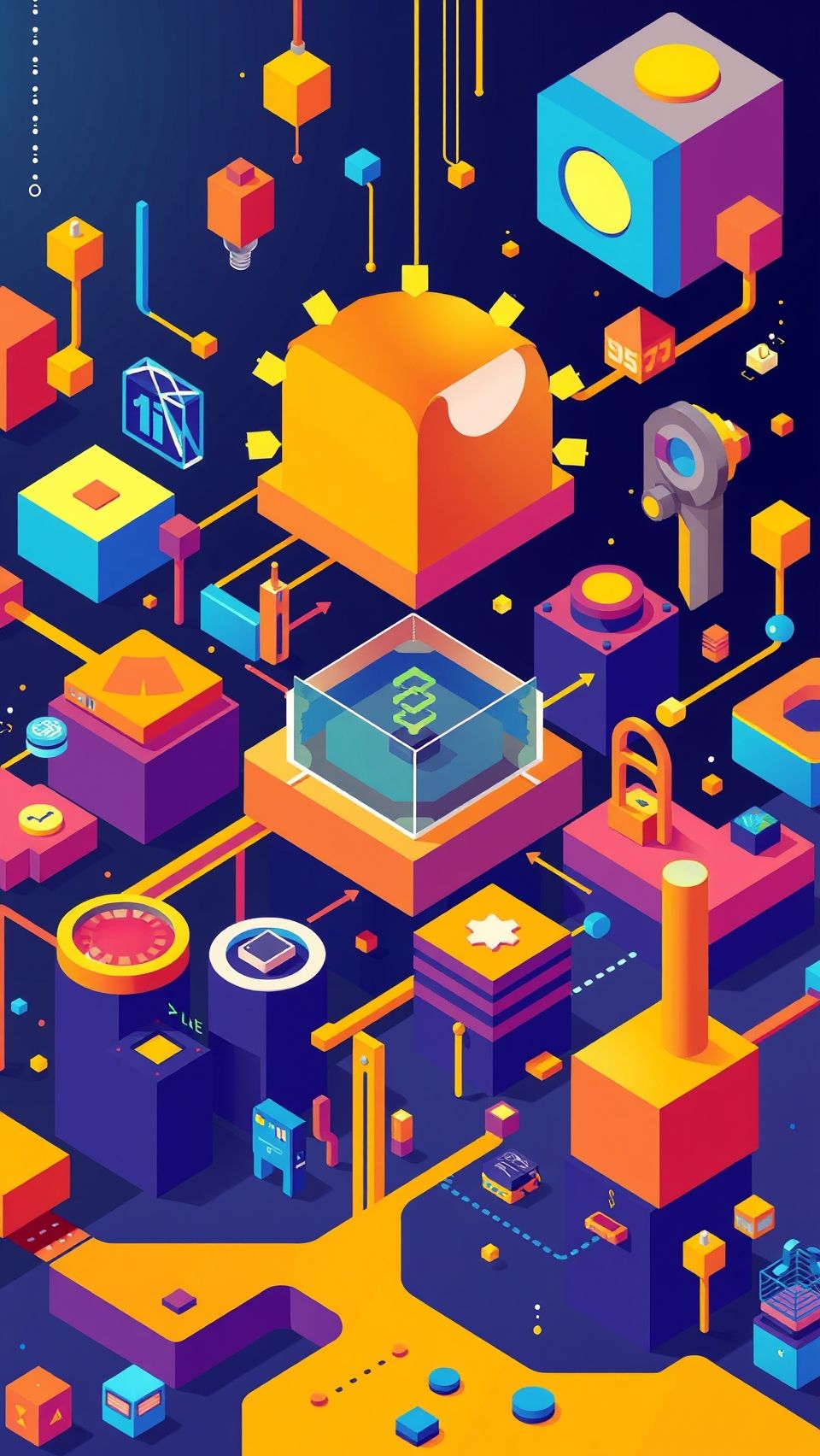11. April 2025
Revolutionizing Human-Machine Communication: The Breakthrough Power Of Natural Language Processing

The Power of Natural Language Processing: Unlocking the Full Potential of Human-Computer Interaction
Natural language processing (NLP) has become an essential technology for powering human-computer interaction. From virtual assistants like Siri and Alexa to chatbots and language translation software, NLP enables machines to understand, interpret, and generate human language with unprecedented accuracy. But what exactly is NLP, and how is it being used in various industries?
The concept of NLP dates back to the 1950s, when computer scientists like Alan Turing and Noam Chomsky began exploring ways to create machines that could understand human language. In the 1960s and 1970s, NLP research focused on developing algorithms for machine translation, text analysis, and speech recognition. However, it wasn’t until the 1990s and 2000s that NLP started to gain significant traction in the tech industry.
The advent of deep learning techniques, such as recurrent neural networks (RNNs) and long short-term memory (LSTM) networks, marked a major turning point in NLP research. These algorithms enabled machines to learn complex patterns in language data, leading to breakthroughs in areas like sentiment analysis, named entity recognition, and machine translation.
So, what are the fundamental building blocks of NLP? In essence, NLP involves three primary tasks: text analysis, sentiment analysis, and machine translation. Text analysis refers to the process of extracting insights from unstructured text data. Techniques used in text analysis include tokenization (breaking down text into individual words or tokens), stemming (reducing words to their base form), and lemmatization (identifying the root word).
Sentiment analysis involves determining the emotional tone or sentiment behind a piece of text. NLP algorithms can analyze linguistic cues like word choice, tone, and syntax to identify positive, negative, or neutral sentiment.
Machine translation, also known as human translation, is the task of converting text from one language to another. NLP algorithms use complex machine learning models to learn the patterns and structures of language.
NLP is being increasingly used in business and customer service applications to enhance efficiency, improve customer experience, and gain valuable insights. Chatbots, for example, can be integrated into websites and mobile apps to provide 24/7 support for customers. By analyzing user input, chatbots can offer personalized recommendations, resolve queries, and even handle complex issues.
Virtual assistants like Siri, Alexa, and Google Assistant rely on NLP to understand voice commands, send messages, make calls, and control smart home devices.
Customer feedback analysis is another area where NLP excels. Algorithms can analyze customer feedback data to identify patterns, sentiment trends, and areas for improvement.
In the healthcare industry, NLP is revolutionizing by enabling machines to analyze medical text data, diagnose diseases, and develop personalized treatment plans.
Clinical decision support systems use NLP to analyze patient data, medical literature, and treatment guidelines to provide healthcare professionals with evidence-based recommendations.
Medical text analysis involves extracting insights from unstructured clinical notes, including diagnoses, medications, and allergies.
Personalized medicine is another area where NLP can help develop targeted treatments and predict patient outcomes.
In the finance and banking industries, NLP is transforming by automating tasks, detecting fraud, and improving risk management.
Sentiment analysis helps analyze customer feedback and sentiment on social media to identify trends and areas for improvement.
Fraud detection uses machine learning models with NLP to detect suspicious transactions and identify potential risks in real-time.
Risk management involves analyzing market data, predicting stock prices, and developing more accurate risk models.
While NLP has made tremendous progress in recent years, there are still challenges to overcome before it becomes fully reliable. Contextual understanding is one of the biggest challenges faced by machines, as they struggle to understand the nuances of human language, including context, sarcasm, and ambiguity.
Data quality is another challenge that can significantly impact NLP performance, leading to inaccurate results or biased outcomes.
Explainability is also a challenge, as complex machine learning models can be difficult to explain their decision-making processes.
In conclusion, natural language processing has come a long way since its inception in the 1950s. From virtual assistants to chatbots, NLP is revolutionizing human-computer interaction and transforming industries like healthcare, finance, and customer service. As research continues to advance, we can expect even more innovative applications of NLP to emerge.
Whether you’re a seasoned expert or just starting out, understanding the power and potential of NLP will unlock new possibilities in your personal and professional life. By embracing the latest advancements in NLP, we can harness its full potential to create more intelligent machines that enhance our lives and shape a brighter future for all.